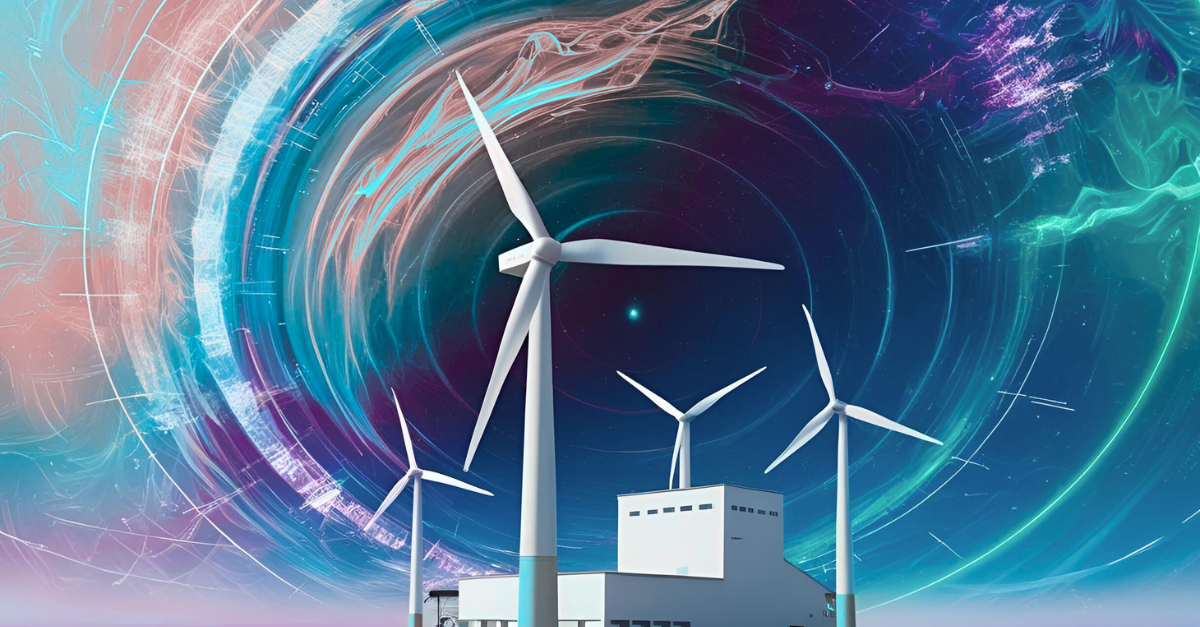The power of bubbles
Off the UK coast, a wall of rising bubbles is quietly making a big difference. For the first time in UK waters, a bubble curtain is being used during offshore wind farm construction. The technology is now in action at the Sofia offshore wind farm, one of Europe’s largest energy projects. The post The power of bubbles first appeared on SKF Wind News.
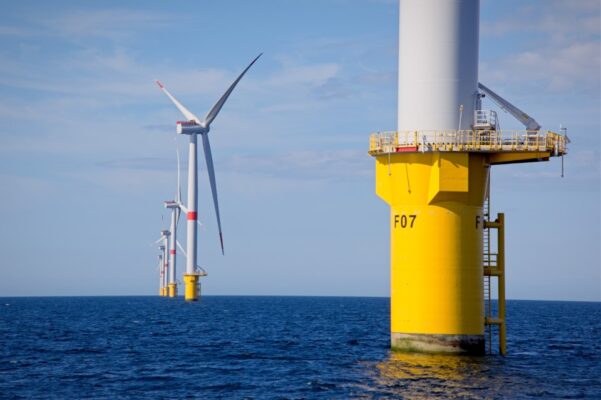
In collaboration with Hydrotechnik Offshore, a German specialist in underwater noise abatement, RWE has deployed a bubble curtain system during monopile installation at the 1.4 GW Sofia offshore wind farm, currently taking shape on Dogger Bank, around 195 kilometres from shore.
At the heart of this innovation is a simple but effective idea: a 180-metre-wide ring of hose, perforated and placed on the seabed, pumps compressed air into the water to form a rising curtain of bubbles. This shimmering wall acts as a sound barrier, breaking up and slowing down noise from pile driving, which is a critical part of the turbine foundation process.
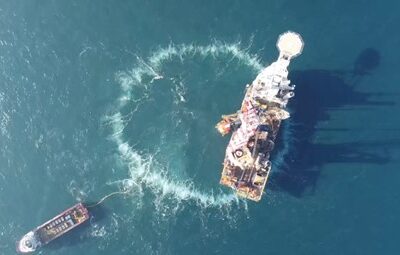
The system is based on a scientifically proven principle: sound travels faster and farther in water than in air. When the sound waves from pile-driving hit the rising bubbles, they lose energy as they bounce and scatter, significantly reducing noise levels. According to long-term data from Germany, combining a bubble curtain with other measures can reduce underwater noise by more than 99% at a monitoring distance of 750 metres. In some cases, the noise is virtually undetectable beyond a few kilometres.
This matters because Sofia is located within the Southern North Sea Special Area of Conservation (SAC), a protected zone for harbour porpoises. These marine mammals, like dolphins and whales, depend on sound to navigate, communicate and survive. Underwater noise can disorient them or drive them away from critical habitats. By using the Hydrotechnik bubble curtain system, RWE is taking active steps to reduce noise propagation and help keep these species safe.
While this is the first deployment in the UK, the technology has a proven track record. It was first used at Vattenfall’s DanTysk wind farm offshore Germany in 2013 and more recently at EnBW’s He Dreiht in Germany and Vineyard Wind 1 in the United States.
At Sofia, installation is progressing at pace. More than 60 of the 100 monopile foundations have already been installed. The wind farm will feature 100 Siemens Gamesa 14 megawatt (MW) offshore turbines, with 50% of them equipped with recyclable blades. This is the highest proportion ever implemented on a major wind project and forms part of Sofia Offshore Wind Farm’s broader commitment to sustainability. Upon its commissioning in 2026, the 1.4-gigawatt facility will generate enough electricity to power the equivalent of 1.2 million typical UK homes.
The post The power of bubbles first appeared on SKF Wind News.
What's Your Reaction?




















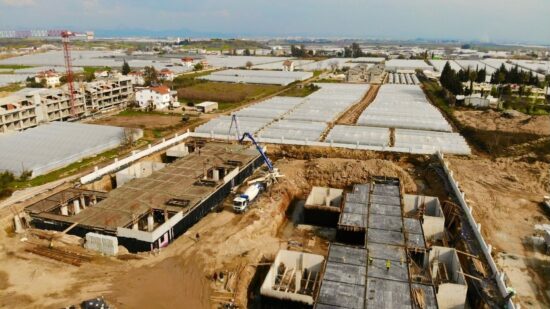

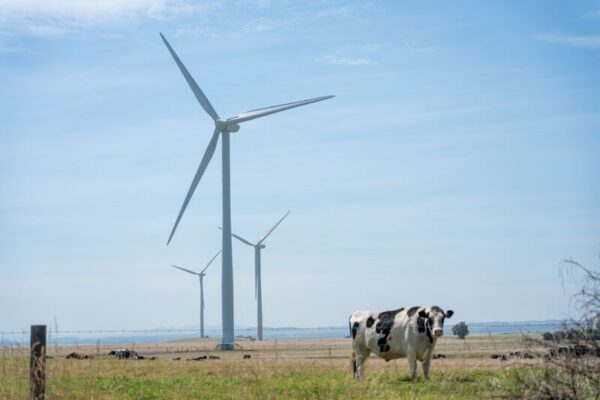




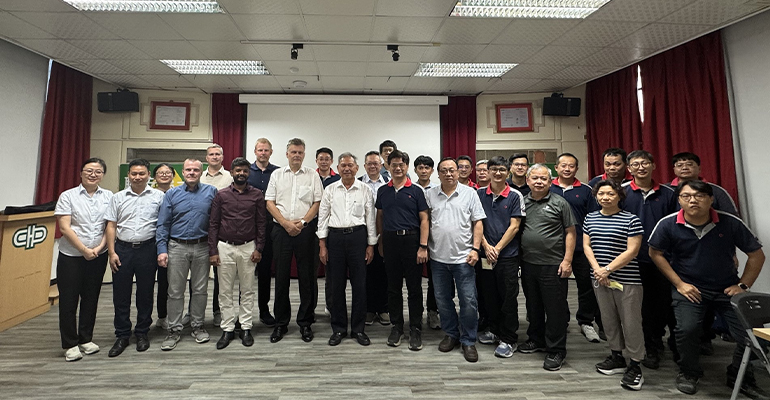















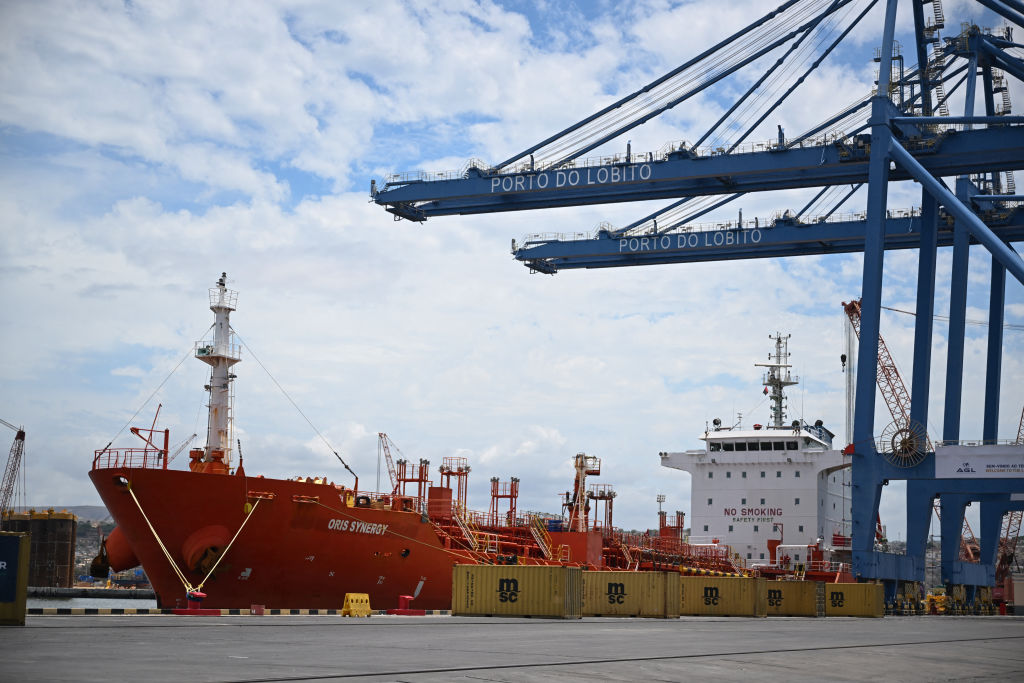





![[Upcoming Webinar] Addressing the Wind Industry's €25 Billion Annual Wake Loss Problem](https://www.windesco.com/hubfs/Swarm%20webinar%20cover%20image.png)
